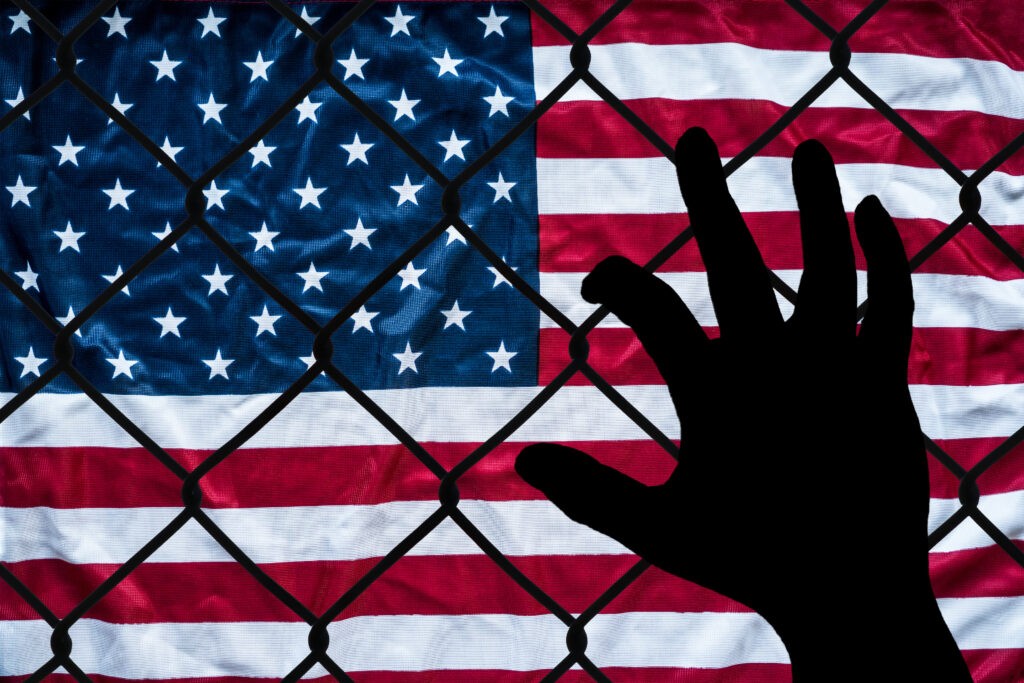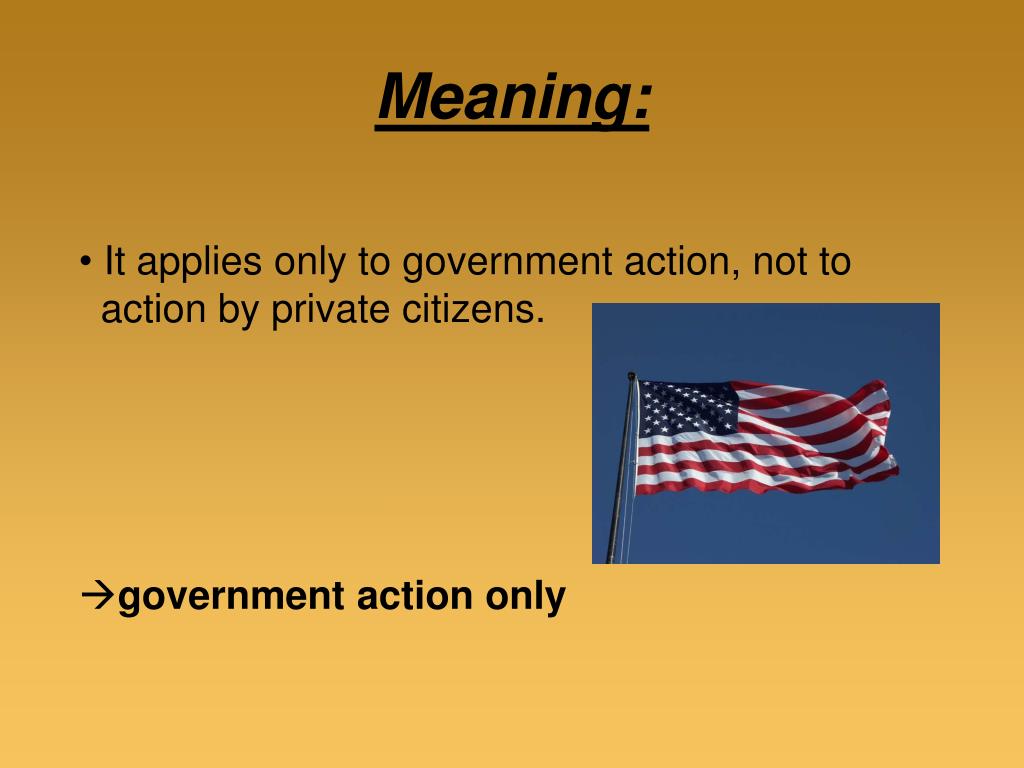

In the fight over Washington’s school funding, some want a big change in who gets how much – but is it too late? The Seattle Times. However, the evaluation of the recent case studies and legal steps shows the state’s intentions to change the system and make sure that equal opportunities are possible for students from different families. In general, the public school funding system in Washington State is not perfect. Washington has a chance to improve its funding system and prove that equal opportunities may be available to all students. The government has to take care of its children and provide them with an opportunity to study and never suffer from the cases such as the case of the McCleary family or the Serrano cases (Kemerer & Sansom, 2013). Students should not depend on their families’ incomes to get a basic education. Though such a requirement may be a real challenge for the local government, this approach may promote the required portion of equality. Instead of focusing on the needs of schools, it is suggested to develop a funding system that is based on the needs of students and introduce a kind of per-pupil funding model (Morton, 2017). Therefore, it is possible to say that all schools in the State of Washington are funded, but the existing funding system is not equal for all students. However, this kind of support promotes the disparities between poor and rich people.

To meet the needs of all schools, the state has to cut back some areas and provide levies with an opportunity to support the population. Many factors have to be taken into consideration to decide which districts have a right to get their funding, including the level of teachers’ background knowledge and experience, the number of employees, and student-teacher ratios. Washington’s constitution supports both these ways of funding as a possibility for people to pay for their basic education. There are two main sources of funding for schools: state funds supported by the Legislature and money that are usually raised from local levies (Schimel, 2015). Taking into consideration the presence of such challenges and concerns based on unstable funding, it is necessary to understand if the citizens of Washington have a chance to obtain better funding conditions.Īt this moment, Washington schools are under the jurisdiction of one particular agency, known as the Washington State Office of Superintendent of Public Instruction (OSPI) led by Dorn. The state is not able to provide enough money for all students in their intentions to get an education, and citizens find it normal to address local levies, which are not as stable and credible as school funding (O’Sullivan & Morton, 2017). A couple of years ago the Supreme Court held. Generally, the Equal Protection Clause only applies where a person can show that he is a) part of a protected class, and b) is being discriminated against because of his class membership. The fights to establish an appropriate Washington school funding system continue today. Under the Equal Protection Clause, no person can be denied equal protection of the laws. In 2015, the State of Washington was fined $100,000 daily due to its shortcomings in education and the case of McCleary (Schimel, 2015). For example, in 2009, House Bill 2261 was introduced as a new education reform that challenged the achievements of the 1977 Basic Education Act and cut more than one billion dollars from public school funding.


 0 kommentar(er)
0 kommentar(er)
